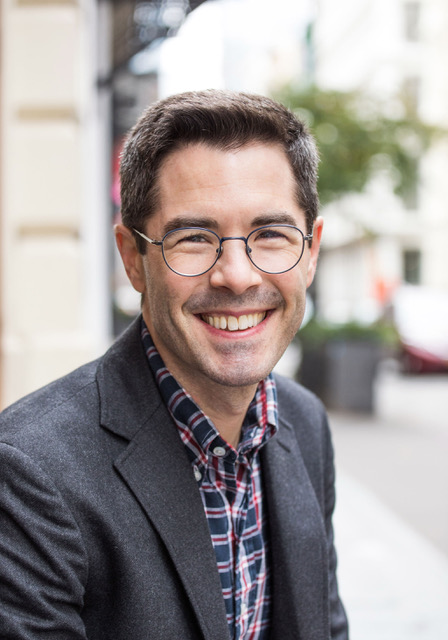
From Instagram Ecommerce to Great Video Content, Make Something People Want
Exploring the intersection of social commerce and video content creation, this episode dives into how brands can create compelling video content that drives both engagement and sales on Instagram and other platforms.
Guest

Patrick Courtney
Head of Video Strategy
A leading expert in social commerce and video content creation with extensive experience helping brands build authentic relationships with their audiences through engaging video content. Has worked with multiple brands to develop video strategies that drive both engagement and sales across social platforms.
Key Takeaways
- 1Video content is becoming the dominant form of social media engagement
- 2Instagram's commerce features are changing how brands sell directly to consumers
- 3Authentic storytelling is more important than production value
- 4Short-form video content requires different storytelling techniques
- 5Social commerce blurs the line between content and commerce
- 6Creators need to balance entertainment with commercial objectives
- 7Platform algorithms favor engaging video content
Listen on Spotify
Full Interview
Patrick: Hi everyone, today we're exploring the rapidly evolving world of social commerce and video content creation.
In this episode, we dive deep into how Instagram's shopping features are transforming the way brands connect with consumers, and how video content has become the primary driver of engagement across social platforms. We'll explore the strategies that successful creators use to build authentic relationships with their audiences while driving sales.
The conversation covers the evolution of social commerce, the importance of authentic storytelling in video content, and the challenges creators face when balancing entertainment with commercial objectives. We'll also discuss how platform algorithms are shaping content creation and what the future holds for social commerce.
Published on March 15, 2019
